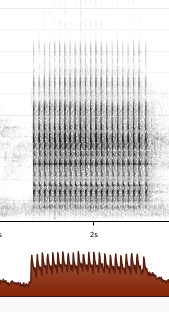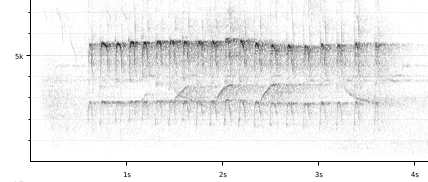Kleinspecht / Lesser spotted woodpecker (Dryobates minor)
Wikipedia eBird Vogelwarte BirdLife ZH ornitho.ch bird-song.ch Xeno-Canto BirdID NABUKleinspecht am luppmen. Never saw one until after a heavy snowfall one checked out the trees along the Luppmen 2021-01-16 12.56.16 Luppmen
Systematik: Gattung Dryobates; Familie Picidae
Spechtvögel, Spechte, ■■
Bisher gesehen aber nicht gehört!
Aussehen und Identifizierung:
Habitat:
Vokalisierung:
Rufe:
Körperlich: Länge=14-15 cm, Flügelspanne=25-27 cm, Gewicht=17-25 g
Habitate: Wald Gesang: Drumming in lieu of song. Fast, constant.
Gesang Eigenschaften: Melody: einfach rhythmisch, schnell, Frequency: 0-4 KHz Special sounds: trommeln
♫ Quelle: XENOCANTO XC552636 Kleinspecht drumming.mp3 (Trommeln)

Ruf: Vogelwarte wie oben..hohe Rufreihen
♫ Quelle: XENOCANTO XC625101 Kleinspecht call.mp3 (Ruf)

Ruf Eigenschaften: Ruf Melodie: einfach rhythmisch, schnell, Frequenz: high (3-9 KHz),
Zuerst dokumentierte Beobachtung : 2021-01-16 in Fehraltorf.